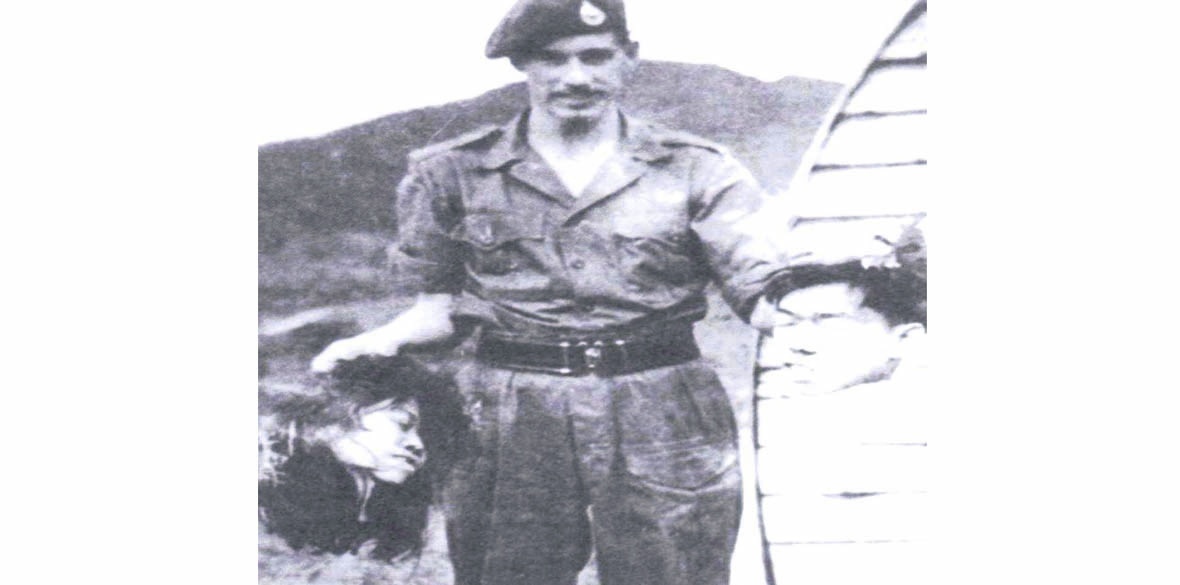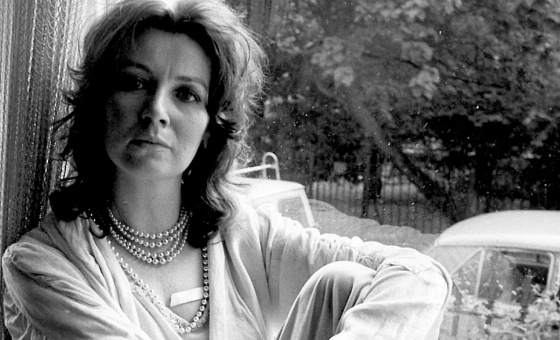This is the last article you can read this month
You can read more article this month
You can read more articles this month
Sorry your limit is up for this month
Reset on:
Please help support the Morning Star by subscribing here
FROM 1948 to 1960 the jungles of Malaya (now Malaysia) were home to communist guerillas waging a war of independence for their homelands.
The conflict was known as the “Malayan Emergency” rather than the Malayan war, so insurers would continue to cover British corporations extracting profit from misery. Like so many anti-colonial struggles of the era, the rebels had previously been funded and trained by the British to fight against Japan during World War II – Chin Peng, the communist leader, had been personally awarded an OBE medal by Supreme Allied Commander Admiral Mountbatten.
Dubbed “Britain’s Vietnam” by some historians and journalists, Britain’s experience in this war would lay the groundwork for the US involvement in Vietnam: the British military eventually defeated the guerillas only by resorting to the most brutal and inhuman methods available to them.
These methods included but were not limited to locking up all 500,000 of Malaya’s ethnic Chinese population in concentration camps called “New Villages,” burning farmland to starve rural areas of food, executing entire villages of people in incidents such as the infamous Batang Kali massacre and instituting a policy of terror against the Malayan population. At the height of the terror, the British would photograph executed independence fighters, place photographs of their mangled corpses onto millions of leaflets and drop these leaflets out of airplanes.
Among these crimes was the military policy to kill pro-independence fighters and decapitate their heads from their corpses. The existence of this policy was denied by the government but was exposed when on April 28 1952 the Daily Worker, which later became the Morning Star, released photographic evidence of decapitations.
Not only had the British military allowed these decapitations but it employed specialist Dyak tribal head-hunters from Borneo to do this work for them. The British government initially denied that the decapitations were genuine, but ended up admitting they were after the Daily Worker released a second set of photographs on May 10 1952 showing yet more evidence.
This controversy did not go unnoticed by Parliament which held a debate in the House of Commons over the issue. This eventually caught the attention of the Cabinet Office which also held a discussion over the Daily Worker decapitation photographs. The exposure of the photographs did eventually change British policy towards the war but not in a positive way. Instead of promising to cease the decapitations, the British government went into a defensive overload and began to publicly defend the practice as necessary to defeat communism.
The most notorious justification was that the decapitations were necessary for identification purposes because camera equipment would not operate in the damp climate of the Malayan jungles. The obvious problem with this justification was that if camera equipment did not work, then where did the photographs of the decapitations come from? Why were British soldiers posing and smirking in photographs with the heads of their victims?
Sadly, despite exposing the outrage to the British public, the decapitations did not cease; they continued to be a bona fide part of British colonial policy towards the Malayans up until the end of the war in 1960.
However, the impact on public perception of the colonialism and British empire itself cannot be underestimated, and laid the ground for solidarity with the emerging anti-colonial movements to come of the next two decades: the myth of the British empire being a civilising influence on barbaric savages was burst in one image.
The United States also learned — very different — lessons from the Malayan Emergency. In Vietnam it followed Britain’s use of chemical defoliants, and copied the “New Village” system of concentration camps rebranded as “Strategic Hamlets.” However the Vietnamese were not as fragmented ethnically and religiously as the Malayan people, and this method of occupier-protected villages counterposed to the local insurgents was far less effective.
Unlike Malaya, the Vietnamese also had foreign support from the Soviet Union and China, meaning that methods of starving people into submission that had worked in Malaya were far less effective in Vietnam.
From Vietnam to the present day, imperialism’s military ventures struggle to hide the the brutal reality of invading and occupying weaker nations, from the My Lai Massacre to Abu Ghraib. Instead they focus on their “jungle camera solutions” — explanations, no matter how implausible, to salve the consciences of those back home. Political answers and political alternatives from dedicated left wing press, then, remain as crucial today as they did in 1952.
Matt Florence is an Oxfordshire-based historian currently researching the Malayan Emergency. You can follow him on Medium and YouTube











